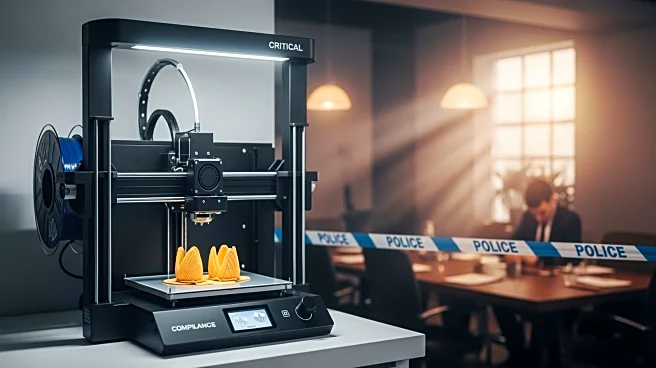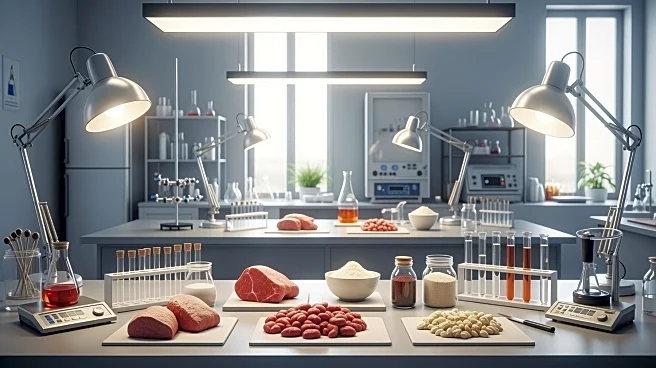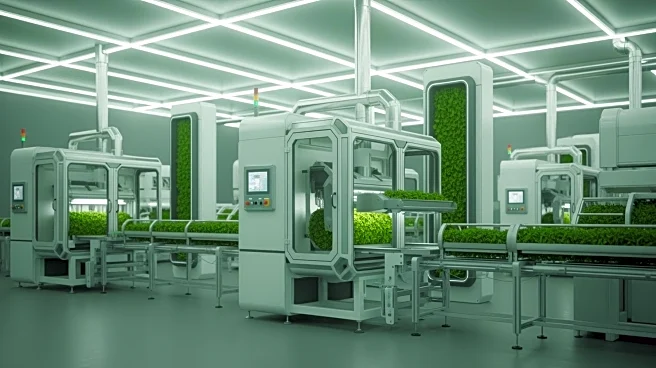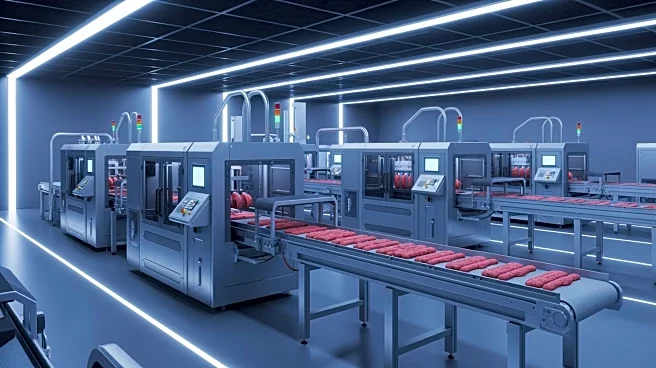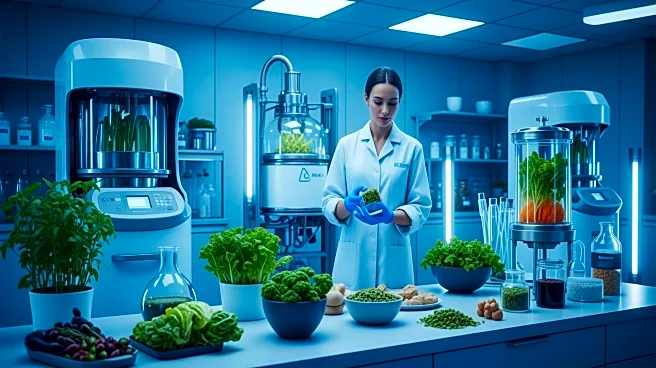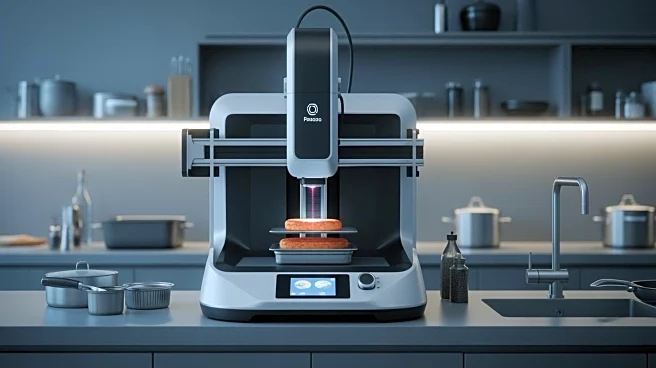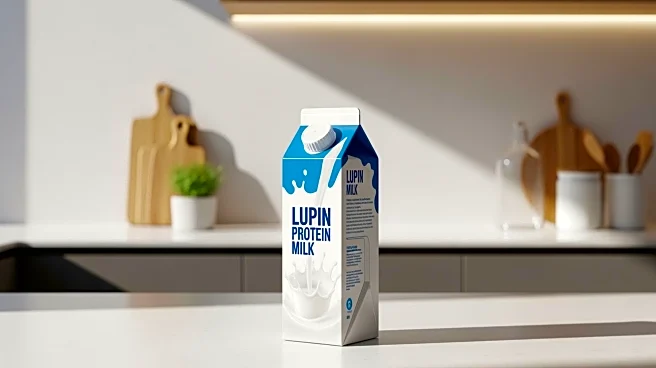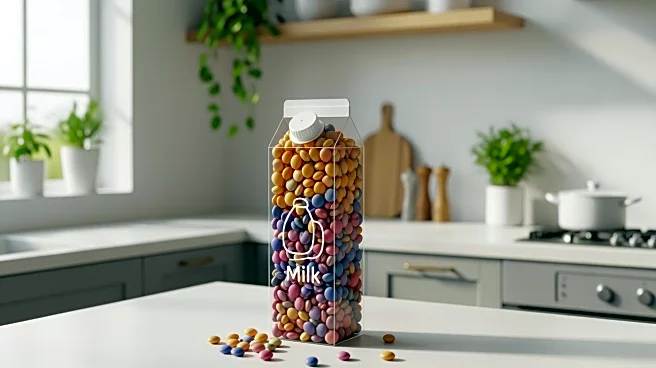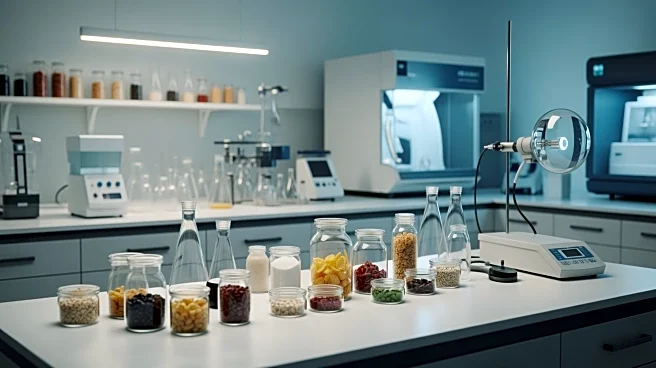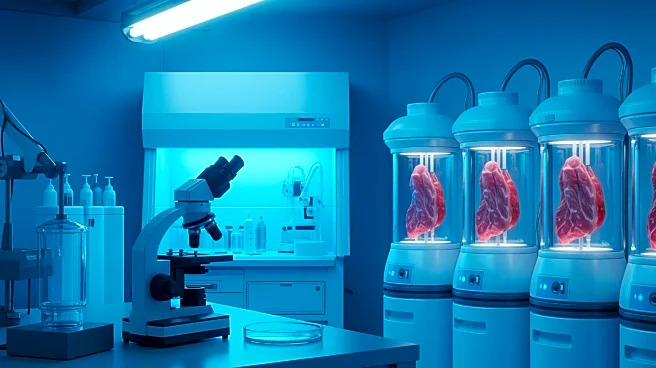What's Happening?
A team of scientists has made significant progress in 3D food printing by successfully creating a three-course meal using multi-wavelength laser cooking and precision layering. This development, published
in the Journal of Food Engineering, represents a major step towards scalable, texture-controlled printed foods. The new method allows for adjustments in texture, such as firmness and chewiness, enhancing the eating experience. The research involved 14 ingredients arranged into a full meal, showcasing the most complex 3D-printed dish to date. This technology could support the adoption of plant-based products and reduce production waste in commercial food environments.
Why It's Important?
The advancement in 3D food printing technology holds potential for revolutionizing the food manufacturing and catering sectors. By enabling precise control over food texture and composition, this technology could lead to more efficient and customizable food production processes. Industries such as hospitality and food manufacturing could benefit from reduced waste and increased standardization. Additionally, the ability to produce plant-based foods with desirable textures could accelerate the shift towards sustainable food options, impacting both environmental and health-related aspects of food consumption.
What's Next?
Further trials are necessary before this 3D food printing process can be adapted for commercial use. The technology's success in industrial kitchens will depend on its ability to consistently produce high-quality, customizable meals at scale. Stakeholders in the food industry, including manufacturers and hospitality providers, may closely monitor these developments to assess potential integration into their operations. The broader adoption of this technology could lead to significant changes in food production and consumption patterns.
